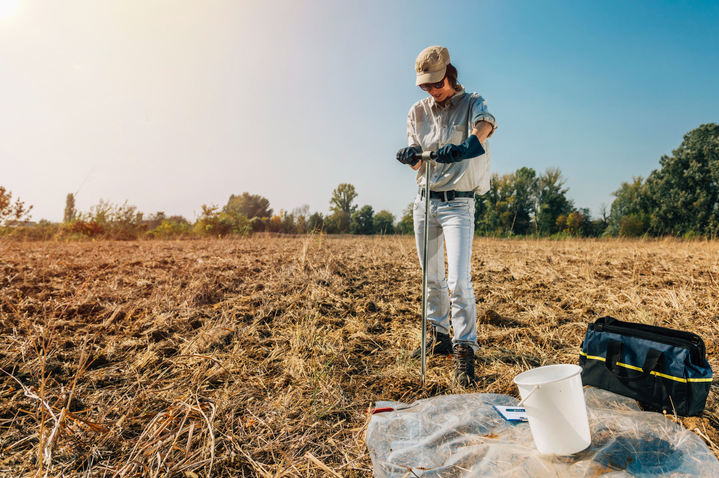If you’re considering purchasing a property, you may have heard of a Phase II Environmental Site Assessment Oakland. But what is it? Simply put, a Phase II ESA is an investigation to determine whether. There are any contaminants present on a property that could potentially harm human health or the environment. ESAs are conducted by certified environmental professionals and usually involve sampling and testing of soil, groundwater, and/or indoor air. Based on the results of the Phase II ESA, further remediation may be required to clean up any contamination that is found. While a Phase II ESA may seem like a daunting task, it’s important to remember that it’s simply a tool to help identify potential risks. By understanding what a Phase II ESA is and how it works, you can help make sure that your property is safe for you and the environment.
What is a Phase II Environmental Site Assessment?
A Phase II Environmental Site Assessment (ESA) is an investigation conducted to gather information about the potential for contamination at a site. The assessment is usually performed after a Phase I ESA has been completed, and it may be conducted if there is reason to believe that contamination exists at the site.
The purpose of a Phase II ESA is to collect data that will allow consultants to determine whether or not contaminants are present in the environment and if they pose a risk to human health or the environment. A Phase II ESA typically includes a sampling of soil, water, and air; analysis of samples for contaminants; and an evaluation of the data collected.
What is the Purpose of a Phase II Environmental Site Assessment?
A Phase II Environmental Site Assessment (ESA) is conducted to assess the potential for contamination at a property resulting from past activities. The assessment is based on an investigation of the property’s history and current uses, as well as a review of available environmental data.
The purpose of a Phase II ESA is to identify any areas of potential contamination and to collect information that will be used to develop a remediation plan, if necessary. The assessment will also identify any potential risks to human health or the environment that may be associated with the contamination.
Read Also: Signs of Mold Growing and How to Prevent It
When is a Phase II Environmental Site Assessment Required?
A Phase II Environmental Site Assessment (ESA) is conducted to gather information about the potential for contamination of a site. This assessment is usually performed when the results of a Phase I ESA indicate the presence of certain environmental hazards at a site. A Phase II ESA typically involves sampling and testing of soils, groundwater, and/or surface water to identify the type and extent of contamination present. Depending on the results of the Phase II ESA, additional investigation or cleanup may be necessary.
Who Conducts a Phase II Environmental Site Assessment?
A Phase II Environmental Site Assessment (ESA) is conducted by a professional environmental firm. The primary purpose of a Phase II ESA is to identify any potential environmental contamination at a property. This assessment is typically conducted after a Phase I ESA identifies the potential for contamination.
A Phase II ESA includes collecting samples of soil, water, and air from the property. These samples are then analyzed in a laboratory to determine if there are any contaminants present. If contaminants are found, the Type and concentration will be reported. Based on this information, the environmental firm will make recommendations for further action, if necessary.
What Does a Phase II Environmental Site Assessment Include?
A Phase II Environmental Site Assessment (ESA) is an investigation conducted to gather information. About the potential for environmental contamination at a property. The assessment is typically conducted after a Phase I ESA has identified the presence of potential contamination.
A Phase II ESA generally includes the following:
• Collection and analysis of soil samples to determine if contaminants are present at concentrations. That could pose a risk to human health or the environment.
• Collection and analysis of groundwater samples to determine if contaminants are present at concentrations. That could pose a risk to human health or the environment.
• Installation of monitoring wells to collect data on groundwater contamination over time.
• Conducting a site visit to assess potential sources of contamination and identify any areas of concern.
How Much Does a Phase II Environmental Site Assessment Cost?
A Phase II Environmental Site Assessment (ESA) investigates the potential for contamination at a property. The assessment is conducted by sampling soil and/or groundwater to determine the presence of hazardous substances. The cost of a Phase II ESA varies depending on the size and location of the property. As well as the extent of the contamination. Typically, a Phase II ESA costs between $5,000 and $10,000.
Conclusion
A Phase II Environmental Site Assessment is an important tool in environmental site investigation. It can help to assess the potential for contamination at a site toy cart. And can also be used to identify remediation options. If you are considering purchasing a property. Or if you have any concerns about potential environmental contamination. It is important to consult with a qualified professional to discuss your options.
